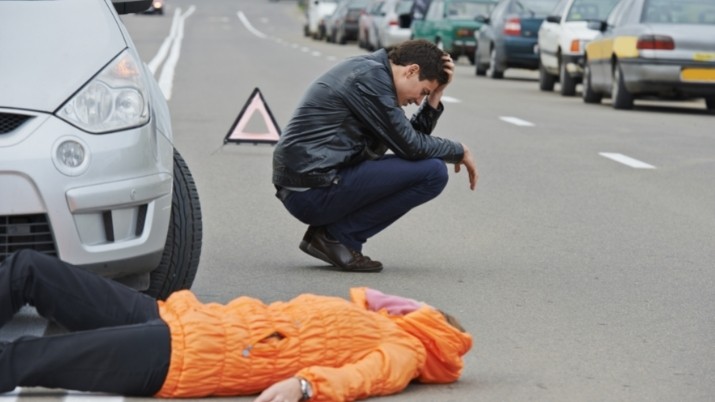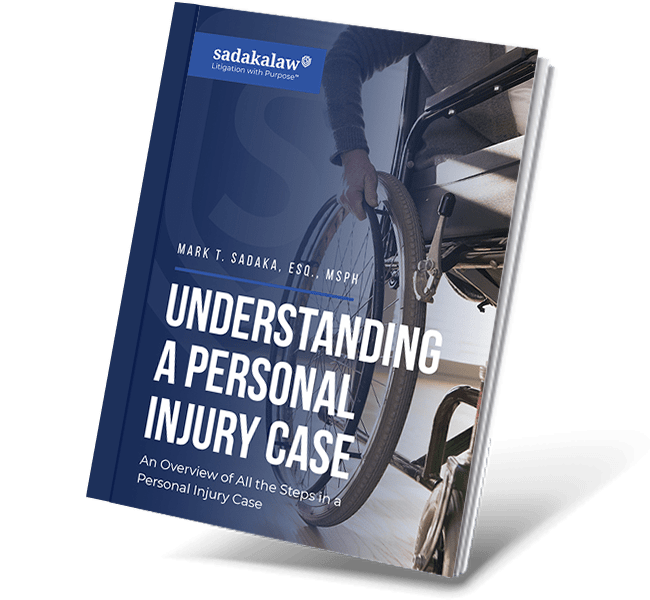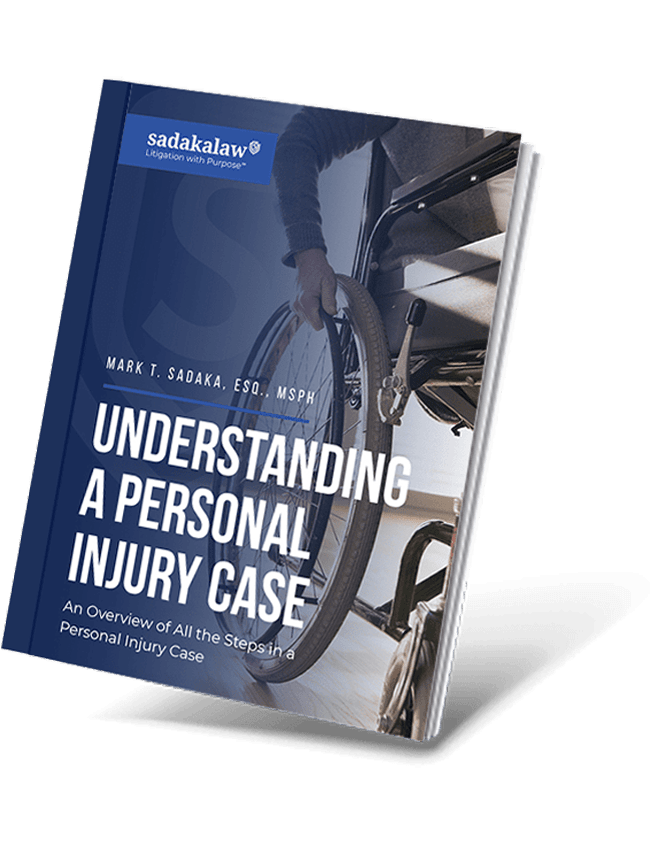When can a driver be held liable for hitting a jaywalking pedestrian?
A driver may be held liable if their negligence—such as speeding, distraction, or failure to adjust to road conditions—contributed to the accident, even if the pedestrian was jaywalking.
You’re driving around the city during rush hour when you suddenly hit someone crossing the street. It turns out they were not walking in a crosswalk, but jaywalking when you hit them. What do you do now? A rule of thumb is that a driver has a duty to pay attention at all times and will be responsible for some if not all of the accident no matter where the pedestrian was crossing the road.
What is jaywalking, and what is a driver’s responsibility if there is an accident?
Driver’s owe a duty to jaywalking pedestrians. Jaywalking occurs when a person crosses a road or highway where they are not permitted to walk. Just like drivers, pedestrians also have to obey traffic laws, but a driver still has the responsibility to drive carefully. So even when a person is jaywalking the driver can still be held responsible for causing the entire accident.
If a pedestrian was jaywalking and hit by a car, both the driver and pedestrian can be found at fault – this is called shared fault. This means the pedestrian would receive less compensation depending on his percentage of fault or no compensation at all. There are two ways the law deals with when a the driver and pedestrian have shared fault:
- Comparative Negligence: This legal principle means the pedestrian’s percentage of fault will determine the amount they can recover. Most state’s thresholds are at least 50%, which means if the pedestrian is more than 50% at fault then they will receive no compensation. If their fault is 50% or lower, they can recover compensation from the driver, but any award would be reduced by the percentage. For example, if a pedestrian jaywalks and gets hit, a jury may return a verdict for $100,000.00 and determine that the pedestrian is 50% responsible for the accident. In this situation, the verdict would be reduced by 50% and the pedestrian would only recover $50,000.00 in compensation from the driver.
- Contributory Negligence: This legal principle that has been abolished in the majority of states. Contributory negligence means that if the jury determines that the pedestrian had any fault at all in causing the accident then he or she will not receive compensation from the driver. There are select states that uphold these laws, such as North Carolina, Alabama, Virginia, Maryland, and Washington, D.C.
New Jersey’s Comparative Negligence Act
New Jersey is a comparative negligence state and has a law called the Comparative Negligence Act, N.J.S.A. 2A:15-5.1. The act is applied in cases where one party is seeking damages from another. The act allows the court to assign a degree of fault for the incident to each party to determine the amount of compensation, if any, the pedestrian receives as a result of injury from the driver.
There are two types of comparative negligence: modified and pure. In a pure comparative negligence state a person can still recover even if they were 95% at fault. So, for example, if a jury returns a verdict for $100,000.00 and determines that the pedestrian was 95% at fault in a pure comparative negligence state then the award would be $5,000.00. New Jersey follows a modified comparative negligence where the pedestrian cannot recover if they are deemed more at fault than the driver. Using that same example in a modified comparative negligence state, like New Jersey, the pedestrian that was found 95% at fault would receive nothing.
Depending on your state, these two legal principles can vary. How should the fault be determined if both parties caused the accident?
Who is at fault, and how is fault determined in a pedestrian car accident? Let the Jury Decide

A jury is the simple answer. A jury will determine who was at fault in a case involving a jaywalking pedestrian who was hit by a car. A jury will listen to all the evidence, evaluate the circumstances, facts, expert testimony, and apply the law to those facts to make a fair and balanced determination.
Many factors go into the determination of fault. In rare cases, a driver cannot be held responsible for hitting a pedestrian who suddenly runs out into the road – this type of case is called a “dart out” case. Insurance companies always try to argue that somehow the pedestrian “darted out” into the road, but instances that really happening are extremely rare. In one case we handled, we had the insurance company make the argument that a person riding a bicycle in the crosswalk when the light was red somehow “darted out” into the road. The jury in that case did not believe that argument and found in favor of our client, the bike rider. In that case it was extremely important to gather all of the evidence for the jury to consider.
It’s good to have witnesses that can describe the incident firsthand or use traffic cameras as evidence. Rarely a driver will admit that they were texting when they hit a pedestrian therefore telephone records, including text messages are important evidence. This can help your case by offering concrete evidence of the accident, making it easier for the jury to make their decision. If a driver, for example, was texting and driving and suddenly looked down at their phone causing them to hit a pedestrian then the jury would consider than evidence when determining fault.
Negligent drivers
The driver owes a duty to pay attention at all times and owes a duty of care even to a jaywalking pedestrian. There are a number of factors a jury considers in determining the fault of a driver involved in a pedestrian accident:
- Running a red light
- Texting while driving
- Driving above the speed limit
- Distracted driving
- Passing illegally
- Not yielding to pedestrian traffic
- Driving under the influence
- Driving through stop signs
At the end the jury will weigh the facts and circumstances to determine the percentage of fault.
If you were hit while jaywalking you can still be entitled to compensation
Compensation for jaywalkers depends on the jury’s determination as to who was at fault. Every case needs to be weighed individually, but just because a person was jaywalking when they were hit by a car does not mean they are out of luck.
In some states like New Jersey, insurance providers offer no-fault car insurance, meaning either party’s insurance companies will pay to treat the pedestrian’s injuries, even if they are not at fault. With no-fault insurance policies, one of the parties’ insurance is bound to pay the injury costs on the pedestrian’s behalf. And depending on the coverage limits, the pedestrian can obtain compensation for other losses. Pain and suffering losses are not available for no-fault insurance claims.
Drivers owe a duty to drive carefully

We often hear the phrase “duty of care” when discussing the law. What does the duty of care mean when it’s applied to car accidents involving jaywalkers?
Duty of care means driving reasonably. That means that drivers must obey with the laws and pay attention when operating their car and paying attention so you can be prepared if to stop for pedestrians in the street. If you’re driving and fail to check for pedestrians, are texting, or are simply not paying attention to your surroundings, you run the risk of being held 100% liable in a pedestrian-related accident.
Contact Us Today
Have you been involved in a car accident while jaywalking? We’re ready to help you with your case. We understand car accidents cases, which is why it’s crucial to have legal representation for your pedestrian-related car accident.
If you need legal representation, we’re here to help. Call the Law Offices of Sadaka Associates at 1-(800) 810-3457 for a free no-risk consultation and get help navigating your case today.


